Two of the most widely used ad formats are Sponsored Products and Sponsored Brands. While they share the pay-per-click (PPC) model, their objectives, creative scope, targeting options and ROI profiles differ significantly. At beBOLD Digital, we believe that understanding these differences and how to integrate them into a cohesive strategy is essential for scale and profitability.
In this article, we’ll break down each format, compare them in detail, show you how to choose (or combine) them for your brand, and share best practices for setup, optimization and measurement.
Key Summary
- Sponsored Products focus on promoting individual ASINs, making them perfect for direct conversions, new product launches, and improving organic rankings.
- Sponsored Brands are designed to spotlight your brand as a whole. They showcase your logo, a catchy headline, and multiple SKUs, which makes them ideal for building awareness, boosting portfolio visibility, and nurturing long‑term brand growth.
- On average, Sponsored Product campaigns deliver 2‑5× higher conversion rates and 20–30% lower CPCs compared to Sponsored Brands.
- A 2023 report found that Sponsored Products account for roughly 80% of all Amazon ad spend, while Sponsored Brands make up about 16%. This clearly shows that sellers rely heavily on Sponsored Products to drive sales volume.
- Finally, most successful Amazon sellers follow a funnel‑stacked strategy, using Sponsored Products to generate immediate conversions and Sponsored Brands to build brand recognition and acquire new customers. Sponsored Products target individual ASINs, which is ideal for direct conversions, product launches, and ranking support.
In the highly competitive Amazon ecosystem, knowing which ad format to use and when is a game-changer. For brands selling on Amazon, especially those in high-growth categories like beauty, medical and pet, advertising strategy isn’t just about turning on campaigns. It’s about aligning ad formats with both immediate results and long-term brand value.
What Are Sponsored Products and Sponsored Brands?
Let’s start by laying the groundwork so you’re clear on each format.
Sponsored Products

Source: Amazon
Sponsored Products are PPC ads that promote individual product listings (ASINs). When shoppers search on Amazon for relevant keywords, your ad may appear in the search-results grid or on a product detail page. The goal is simple: drive a click, then ideally a purchase.
Because the focus is narrow (one ASIN at a time), these ads are tightly aligned with conversion-intent. According to studies, they offer 2-5× higher conversion rates and 20-30% lower CPC than Sponsored Brands.
For a deeper breakdown of how these ads work and how to set them up effectively, check out our full guide: Amazon PPC Explained: What Are Amazon Sponsored Product Ads?
Sponsored Brands

Source: Amazon
Sponsored Brands allow you to promote your brand identity across multiple SKUs. These ads include your logo and custom headline and can feature up to three products, or even a short auto-play video. They appear at premium placements, including top of search results and on product detail pages, and can direct to your Amazon Store or a custom landing page.
Their value is less about immediate conversions and more about awareness, cross-sell and brand recall.
Want to learn how to boost brand visibility and drive traffic to your Amazon Storefront? Read our full guide: Amazon PPC Ads: What Are Amazon Sponsored Brand Ads
Key Differences Between Sponsored Products and Sponsored Brands
|
Feature |
Sponsored Products |
Sponsored Brands |
|
Objective |
Drive direct sales and product visibility |
Build brand awareness and showcase multiple products |
|
Ad Placement |
Search results and product detail pages |
Top of search results, within listings, and Store pages |
|
Eligibility |
Professional seller account, Buy Box required |
Brand Registry required, Buy Box not required |
|
Creative Elements |
Uses existing listing info (image, title, price, reviews) |
Custom headline, brand logo, up to 3 ASINs, video options |
|
Targeting Options |
Auto, manual (keyword, product, category), negative targeting |
Keyword targeting, Store or product landing page |
|
Cost Structure |
Typically lower CPC, higher conversion rate |
Higher CPC, stronger new-to-brand potential |
|
Best For |
Launching products, ranking improvement |
Brand storytelling, portfolio promotion, customer loyalty |
Here are the major dimensions of comparison: eligibility, creative format & placement, targeting & cost behavior, and use cases.
Eligibility & Requirements
- Sponsored Products typically require the seller to have a Professional selling plan and the ASIN must be Buy-Box eligible.
- Sponsored Brands require Brand Registry enrollment, such as when you own the trademark or have a Brand Store. However, you don’t necessarily need Buy-Box ownership to run Sponsored Brands.
As a result, newer or smaller brands often start with Sponsored Products and upgrade to Sponsored Brands once their brand assets and listing maturity allow.
Creative Format & Placement
- Sponsored Products ads match the existing product listing image, title, price and review info. They’re short-form and transactional, appearing within the search results and on PDPs.
- Sponsored Brands ads offer broader creative control, with brands allowed to showcase their products, logos, custom headlines, videos, and a direct link to the brand store or product collection. Sponsored brands are also situated at the top of search and other premium placements on the Amazon page.
Targeting & Purpose
- Sponsored Products ads are bottom-funnel focused. You can target broad, phrase or exact keywords, and use product/ASIN targeting, category targeting, automatic campaigns, since the focus is on getting clicks and conversions.
- Sponsored Brands ads are more upper-/mid-funnel targeted. These are built more for discovery and branded search uplift.
Cost Behavior & Performance Metrics
- Sponsored Products tend to have lower CPCs and better conversion rates because the shopper intent is more defined. For example, data shows Sponsored Products often delivers 2 to 5 times higher CVR and around 20 to 30% lower CPC compared to Sponsored Brands.
- Sponsored Brands comes with higher CPCs due to premium placement and branding focus. According to benchmark sources, Sponsored Products ads cost around $0.80-$1.20, while Sponsored Brands cost $1.50-$2.50.
When to Use Case Summary

- Sponsored Products are designed to launch SKUs, drive immediate unit sales, support ranked listings, and defend Buy Box.
- Sponsored Brands are designed to build brand recognition, cross-sell SKUs, drive to Store, acquire new customers, and support premium lines.
This duality is critical: many brands only run Sponsored Products and miss the upper-funnel benefits of Sponsored Brands. For instance, one study found fewer than one-third of sellers using Sponsored Products also use Sponsored Brands; those who did, derived about 11% of ad revenue from Sponsored Brands.
To help you understand the best case scenarios for both types of ads, let’s see how our clients have fared by using both Sponsored Brands and Sponsored Products:
- One of our beauty brand clients initially relied solely on Sponsored Products to boost new product launches. While sales increased, their overall brand visibility stagnated. After integrating Sponsored Brands campaigns highlighting their premium skincare line, they saw a 28% lift in new‑to‑brand orders within two months.
- Another beBOLD Digital client in the pet supplements niche used Sponsored Brands video ads to showcase their product range. This approach improved cross‑category discovery and led to a 45% jump in total Store visits compared to Sponsored Products alone.
These examples show how blending Sponsored Products and Sponsored Brands campaigns can create a balanced strategy, one that not only drives conversions but also builds brand loyalty and awareness.
Best Practices for Setup & Optimization
Not sure where to start? Here are actionable steps you can apply immediately for Sponsored Products and Sponsored Brands campaigns.
Before you launch, take time to understand each ad type’s unique setup requirements. Sponsored Products focus more on targeting and listing optimization, while Sponsored Brands depend on creative elements and brand registry readiness.
Sponsored Products:
When setting up Sponsored Product campaigns, think of it as the foundation for your advertising funnel. You’re targeting specific shoppers intent to drive conversions fast.
- Start with Automatic Targeting to collect search‑term and placement data; then move high‑performing terms into Manual.
- Use ASIN/Category Targeting to target competitor or complementary SKUs.
- Make sure the listing itself is optimized, including your titles, images, reviews and pricing, before heavy ad spend. This will help you avoid wasting your budget on a poor listing.
- Use negative keywords to exclude irrelevant searches and improve efficiency.
Sponsored Brands:
Sponsored Brands setup requires a stronger creative approach since it’s more visual and storytelling-focused. This is where your brand’s personality shines.
- Confirm Brand Registry, and set up a strong Amazon Store or landing page.
- Create compelling creatives. Create an eye-catching brand logo, craft a targeted headline, and pinpoint your hero SKUs. If Sponsored Brands video ads are available, consider creating 6- to 30-second ads.
- Setup a campaign structure. Consider creating brand campaigns for your branded keywords; category campaigns for generic keywords; and competitor campaigns for your competitors’ keywords.
Common Mistakes to Avoid with Sponsored Brands and Sponsored Products
Even experienced advertisers can fall into common traps when managing Sponsored Products and Sponsored Brands campaigns. Understanding these pitfalls and why they happen helps brands avoid wasted spend and missed opportunities.
- Launching Sponsored Products while the listing is under‑optimized. Running Sponsored Product ads before your listings are retail‑ready often leads to high clicks but low conversions. Always ensure product pages are complete with strong imagery, detailed descriptions, and competitive pricing before scaling ad spend.
- Using Sponsored Brands without brand readiness. Sponsored Brands thrive on visual storytelling. If your brand lacks a cohesive logo, Store, or compelling creative assets, these ads will underperform. Invest in brand polish first to maximize engagement and credibility.
- Over‑broad targeting in Sponsored Products leading to low conversion and high ACOS. Targeting generic keywords like “shampoo” or “supplement” spreads your budget thin and attracts irrelevant traffic. Use refined targeting and negative keywords to focus on buyers most likely to convert.
- Ignoring new‑to‑brand metrics in SB. Sponsored Brands don’t just drive clicks. They reveal how many shoppers are discovering your brand for the first time. Overlooking these metrics means missing key insights about your brand growth and awareness performance.
- Treating Sponsored Brands as immediate ROAS drivers rather than longer‑term brand investment. Many advertisers expect instant returns from Sponsored Brands, but these campaigns work best as upper‑funnel investments that nurture recognition and future conversions. Treat Sponsored Brands as part of a long‑term branding strategy rather than a quick‑win sales tactic.
How to Leverage Sponsored Products and Brands for Better Performance
In the Sponsored Products vs. Sponsored Brands debate, the answer isn’t about picking one format. It's about aligning the correct format to the right objective and brand stage. Sponsored Products are your reliable tool for immediate sales and rank momentum. Sponsored Brands are the strategic lever for brand building, multi-SKU exposure and long-term growth.
For us at beBOLD Digital, we know that the winning formula is a layered ad strategy. With the right approach, your brand won’t just get clicks. They’ll build a lasting brand advantage. Ready to scale your Amazon ad strategy? Schedule a call with beBOLD Digital today and let us support you with advanced campaign setup, optimization and a full-funnel strategy.
Frequently Asked Questions
What is the main difference between Sponsored Products and Sponsored Display?
Sponsored Products target individual listings within Amazon’s search and PDP placements, whereas Sponsored Display is designed more for retargeting audiences both on and off Amazon.
What is an Amazon Sponsored Products impression?
An impression is when your ad is displayed to a shopper. It indicates visibility but not necessarily engagement.
What is the minimum daily budget for Sponsored Products campaigns?
Amazon allows campaigns with as little as US $1 per day, though most advertisers spend more to achieve meaningful results.
Should I bid on other brand names or competitor keywords?
Yes you can target competitor terms (via keyword or product targeting), but ensure you’re compliant with Amazon’s trademark policies.
Can I use Sponsored Brands without meeting Buy Box requirements?
Yes. Buy Box is not always mandatory for Sponsored Brands, but Brand Registry is. Ensure your brand assets and landing page experience are on point.


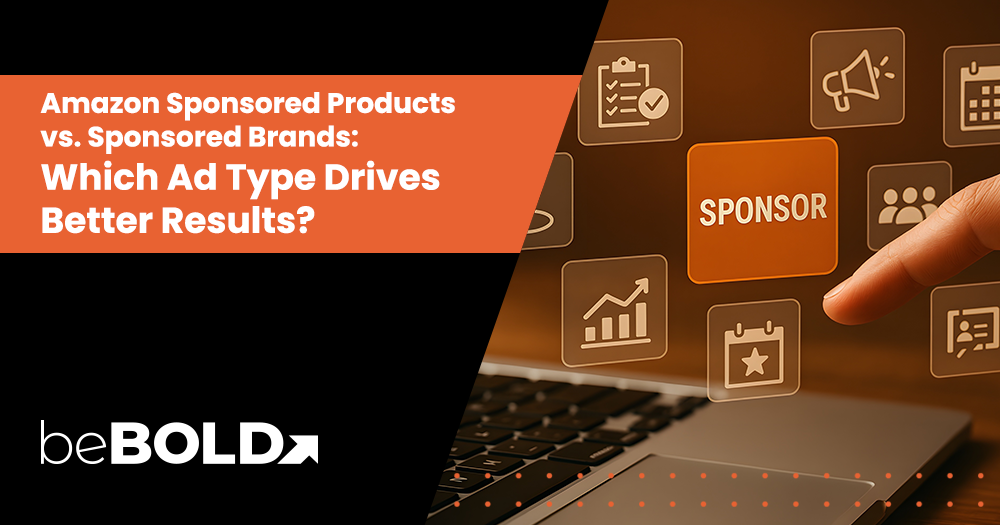

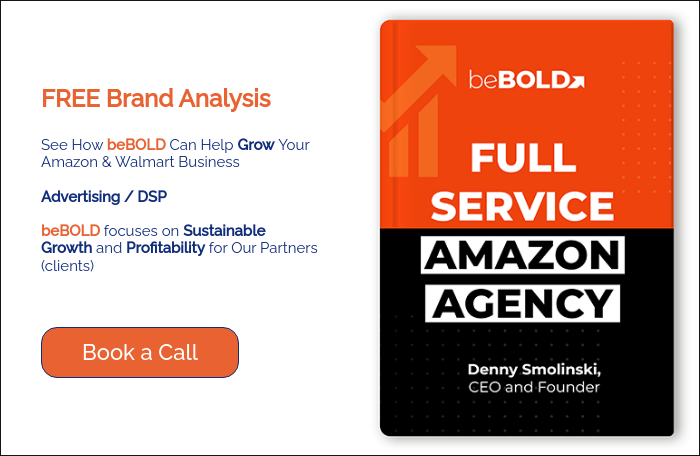


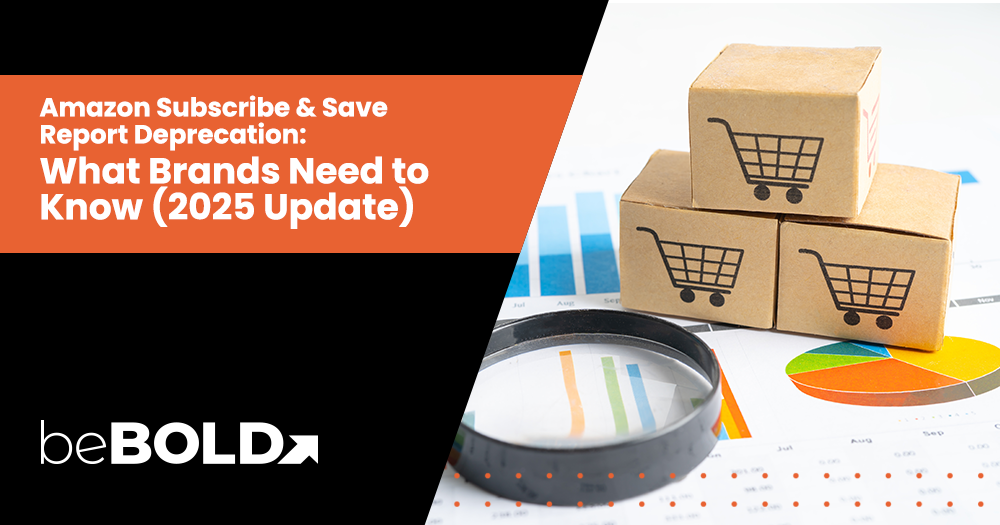
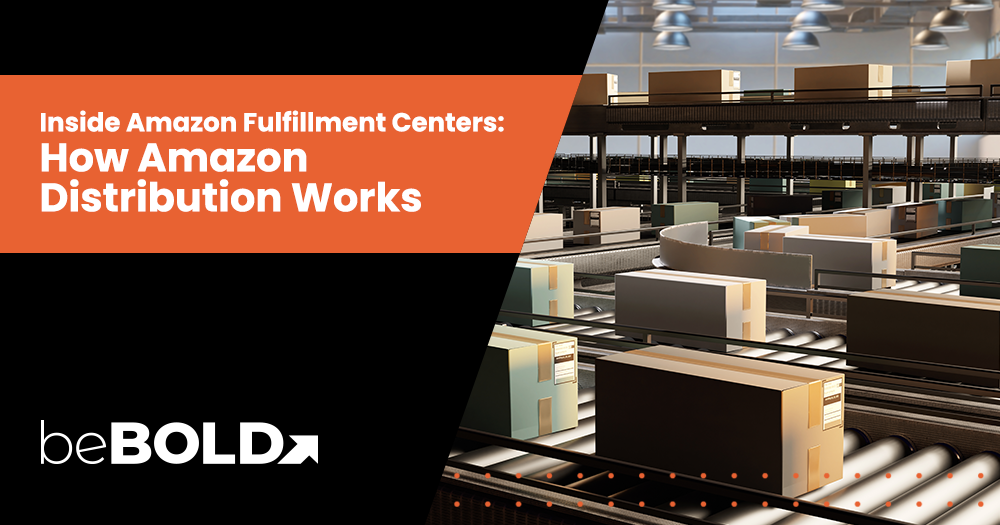
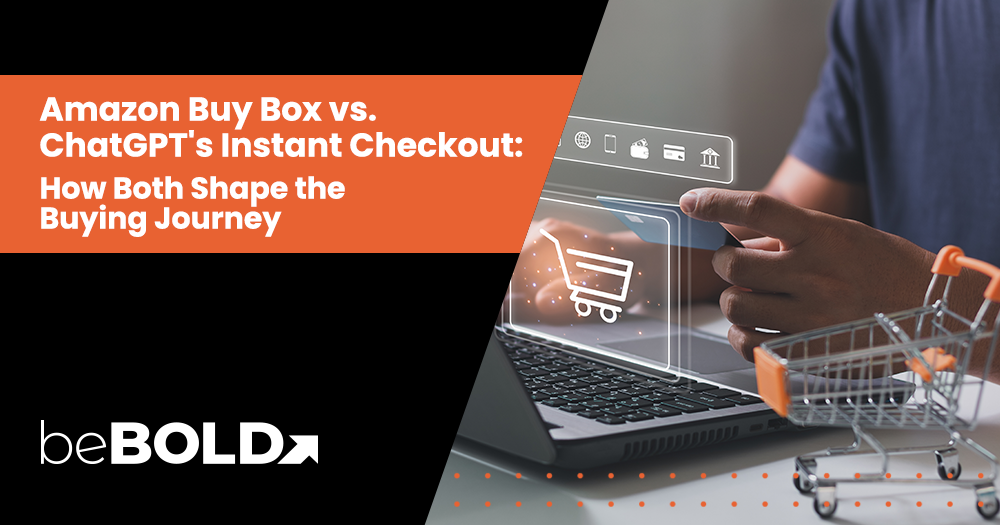
Comments